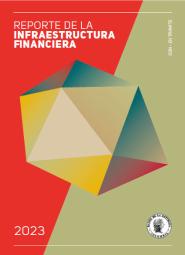Foreign Exchange Intervention in Colombia
La serie Borradores de Economía es una publicación de la Subgerencia de Estudios Económicos del Banco de la República. Los trabajos son de carácter provisional, las opiniones y posibles errores son responsabilidad exclusiva del autor y sus contenidos no comprometen al Banco de la República ni a su Junta Directiva.
Banco de la República’s FX intervention policy is described, with a focus on its objectives and main features. Then, based on a survey of the effectiveness of sterilized intervention in Colombia, it is argued that this tool is not useful to cope with the challenges posed by medium term external factors such as quantitative easing in advanced economies, reduced risk premiums in emerging economies or high international commodity prices. The duration of the impact of sterilized intervention on the exchange rate (if any) is much shorter than the effects of those factors. Finally, it is argued that if sterilized FX intervention is effective due to the operation of the portfolio balance channel, it may also have an expansionary effect on credit supply and aggregate demand. In this case, the macroeconomic outcomes of intervention depend on the monetary policy response. This issue is studied with a small open economy DSGE. In general, FX intervention implies a volatility of credit and consumption that is higher than under a more efficient allocation and under alternative monetary regimes without intervention. Furthermore, the more inclined the central bank is to meet an inflation target, the stronger its response to the expansionary effects of the intervention and, consequently, the lower the impact of the intervention on the exchange rate.
The views expressed in the paper are those of the authors and do not represent those of the Banco de la República or its Board of Directors.





















































